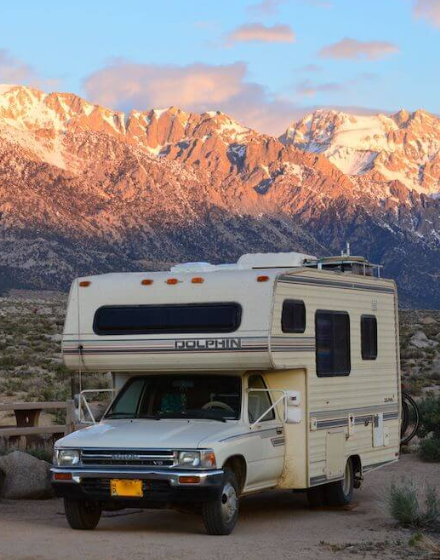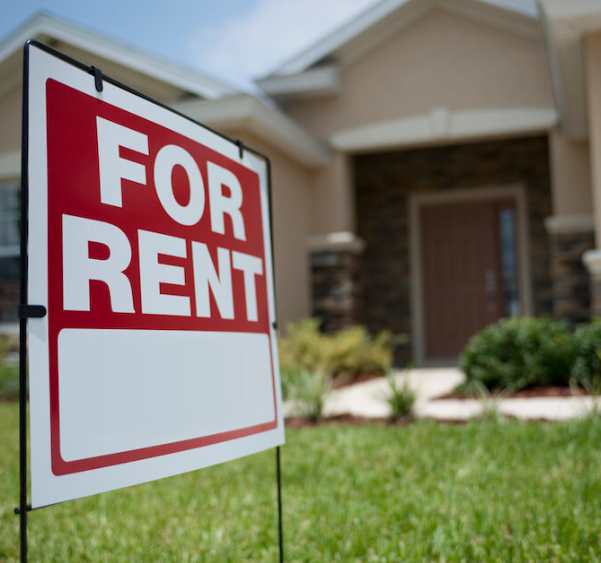If you’re planning a road trip this summer, why not make it even more exciting by renting an RV? Renting an RV gives you the flexibility to explore new places, enjoy the outdoors, and have the comfort of home wherever you go. Whether you’re looking to take a weekend getaway or embark on a longer journey, this guide will walk you through everything you need to know about renting an RV.
Where to Find an RV to Rent
When it comes to renting an RV, there are a few options. Traditional RV rental chains, such as Cruise America, are popular choices, but they can sometimes be more expensive and limited in variety. Alternatively, peer-to-peer rental platforms like RVshare offer a broader selection and a more personalized rental experience. These services are similar to Airbnb, where RV owners list their vehicles for rent, and renters can book them directly.
One of the main advantages of using a platform like RVshare is the added security. It provides secure payment processing, insurance, and even 24/7 roadside assistance, which is often more convenient than trying to manage these details on your own.
Choosing the Right Type of RV
The first major decision you’ll need to make is which type of RV is best for your trip. RVs generally fall into two categories: motorized and towable.
Motorized RVs
Motorized RVs come in three different classes:
- Class A motorhomes are large, luxurious vehicles similar to tour buses. These RVs offer plenty of space with amenities like full kitchens and bathrooms. They’re great for larger families or groups, but they can be tricky to drive due to their size.
- Class C motorhomes are smaller than Class A, usually built on a truck chassis, and often have a sleeping area over the cab. They provide a good balance between space and drivability, making them perfect for families looking for something spacious but easier to handle.
- Class B motorhomes, also known as camper vans, are compact and ideal for smaller groups or couples. These are easy to drive and are designed with space-saving features that make them perfect for short trips.
Towable RVs
Towable RVs, on the other hand, are trailers that you tow behind your car or truck.
- Fifth-wheel trailers are large and attach to the bed of a pickup truck. These tend to be spacious and well-equipped but require a truck with a special hitch to tow.
- Travel trailers are similar but can be towed by a variety of vehicles equipped with the right hitch. These RVs come in a wide range of sizes and feature many of the same amenities as motorhomes.
- Pop-up campers are compact trailers that fold out when in use, offering a more budget-friendly and portable option. They’re easy to tow and are great for those who want a more rustic experience without sacrificing comfort.
Insurance Considerations
Before hitting the road, ensure you have adequate insurance coverage. For motorhomes, this includes both liability and collision insurance. When towing a trailer, liability coverage is typically covered by your car’s policy, while you’ll need to arrange separate insurance for the trailer itself.
If you rent through platforms like RVshare, they often include insurance with your rental, though it’s important to check the details and confirm coverage. For trailers or RVs that don’t qualify for their coverage, you may need to secure insurance separately from your auto insurance provider or a specialized RV insurer.
Mileage Limits and Fees
Be sure to check for any mileage restrictions in the RV rental agreement. Some RV owners set limits on the number of miles you can drive, and exceeding that limit could result in additional charges. If you’re planning to drive long distances, look for listings without mileage restrictions to avoid surprise fees.
Planning Your Trip
Once you’ve secured your RV, it’s time to plan your trip. While spontaneity is part of the charm of road trips, a little preparation can go a long way. Here are some tips to ensure your adventure runs smoothly:
- Start early: Avoid leaving late in the day, as this can lead to driving in the dark and make finding a campsite more difficult.
- Book campsites in advance: During peak season, popular campgrounds fill up quickly. Reserve your spots ahead of time, especially if you’re visiting national parks or busy tourist destinations.
- Don’t overdo it: It’s tempting to squeeze in as many places as possible, but spending too much time driving can leave you with little time to enjoy the locations you visit. Pace yourself and take breaks to enjoy the journey.
Tips for a Successful RV Rental Experience
- Rent the right size RV: It’s easy to get caught up in renting the fanciest RV, but it’s best to focus on what you truly need. Choose an RV that fits your group size and offers the amenities you’ll use most, all while staying within your budget.
- Do a walk-through: When picking up your RV, do a thorough walk-through with the owner. This will help you understand how everything works, from hooking up water and electricity to understanding the vehicle’s systems.
- Pack smart: Space is limited, so pack only what you need and make use of soft bags that can conform to tight spaces. Avoid overpacking and be mindful of the weight of your gear to ensure safe driving.
Final Thoughts
Renting an RV is an excellent way to enjoy the freedom of the open road while having the comforts of home with you. With a little planning and consideration, you can have an unforgettable summer road trip. Whether you’re exploring national parks, cruising along scenic highways, or simply escaping to the outdoors, an RV rental can make it all possible. Happy travels!
Have you ever rented an RV? Share your experiences with us in the comments below!









